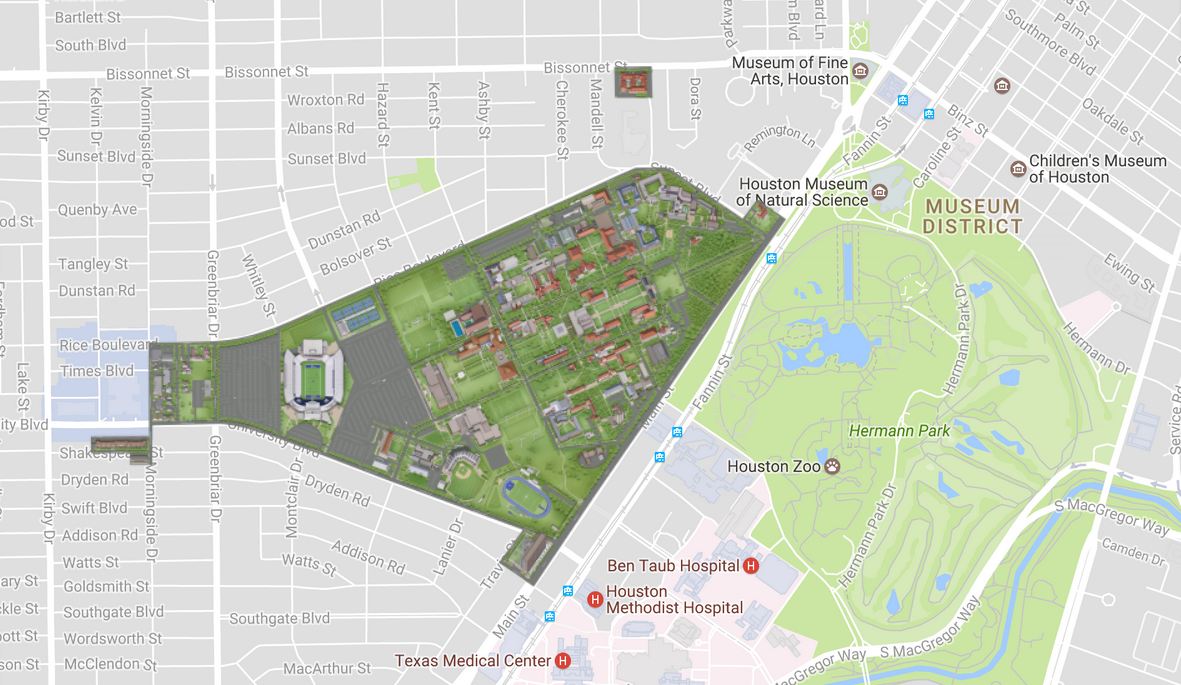“We know the future is coming. It always has. We are ready for it.”
The speaker is Vincent Saubestre, CEO and president of Total EP Research and Technology USA. The setting was the 13th-annual Rice Oil & Gas High Performance Computing Conference hosted by the Ken Kennedy Institute on March 2-4.
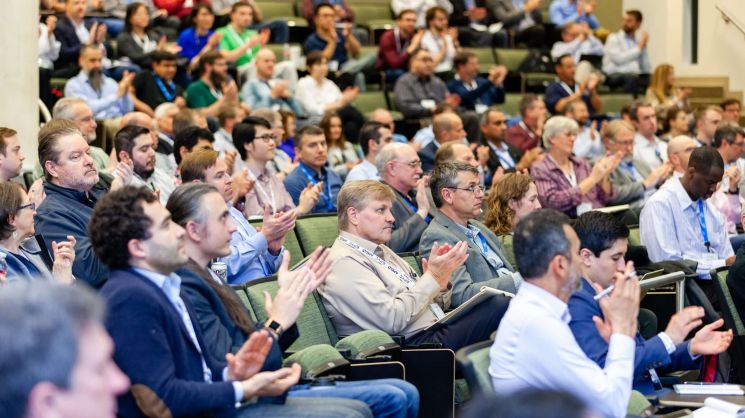
The conference drew 517 leaders from the oil and gas industry (40 percent of the total), the high-performance computing and information technology industries (35 percent), academics and others (25 percent).
Saubestre told his audience that Total now owns the world’s 11th-most powerful supercomputer, Pangea III, developed by IBM with 31.7 petaflops of processing power and 76 petabytes of storage capacity. “It is now the world’s most powerful supercomputer outside of the government-owned systems,” he said.
IBM partnered with Nvidia to boost the supercomputer with GPUs -- Tesla V100 Tensor Core units – and connect them with Power9 CPUs over high-speed links. Total has also partnered with Google Cloud to develop AI algorithms for analyzing subsurface data for oil and gas exploration and production. The Google partnership has aided Total in seismic fault detection, locating fasciae along seismic lines and enabling new inferences to be derived from historical data.
Another speaker, Tamiko Hutchinson, is vice president of Intel Capital, which manages corporate venture capital and global investment. The company has invested more than $12.5 billion in some 1,550 companies in 57 countries.
She noted that Intel and Cray are developing a new exascale computer called Aurora, at a cost of some $500 million, for the Argonne National Laboratory. It will be the first in the U.S. with a capacity of one exaFLOP, the equivalent of a quintillion computations per second.
Intel Capital’s priorities, Hutchinson said, include artificial intelligence, autonomous driving, software and security, semiconductors and memory, the internet of things and robotics, 5G and the cloud.
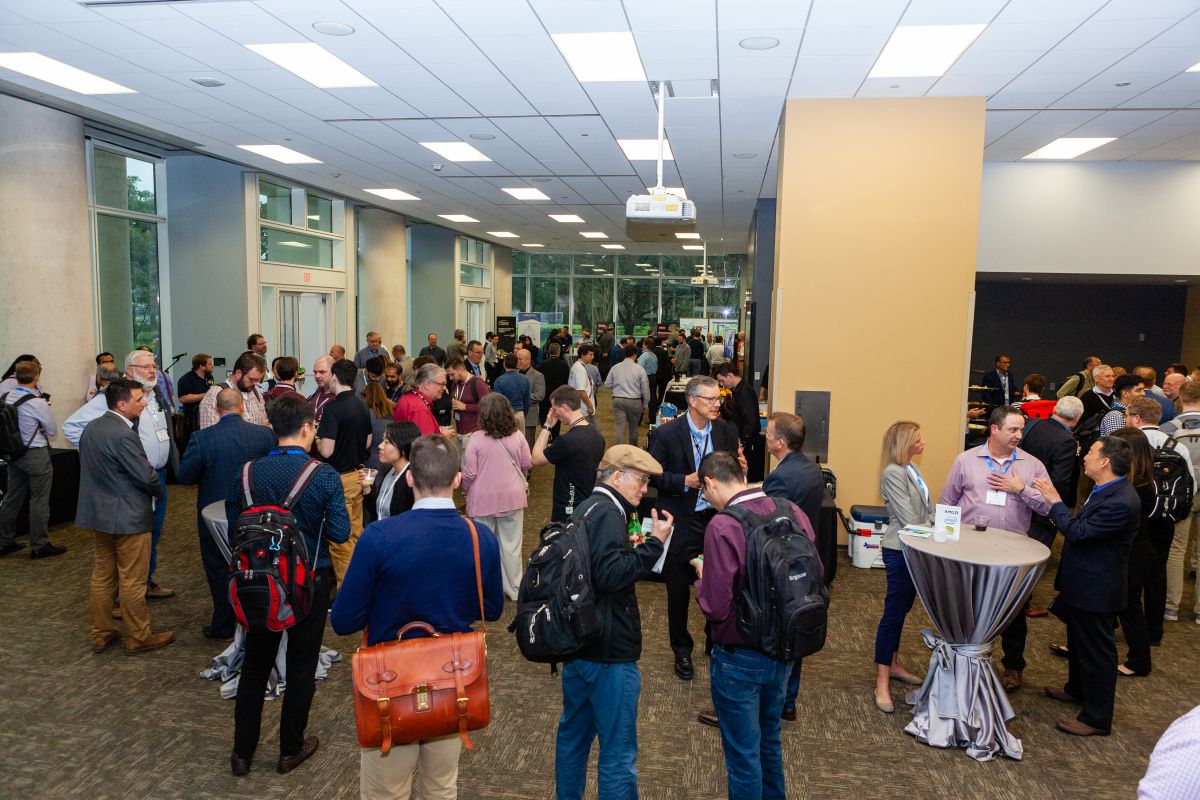
Steve Scott, senior vice president, senior fellow and chief technology officer at Hewlett Packard Enterprise, gave an overview of Shasta, the supercomputer developed by Cray, now a subsidiary of HPE. Indiana University purchased the first operational Shasta model at a cost of $9.6 million. It will support both conventional HPC and AI workloads, and is among the first supercomputers to use Nvidia’s next-generation GPUs.
“The Exascale Era is upon us,” Scott said. “We’re expanding the power of supercomputing with the flexibility of the cloud and a full data center.”
Emeka Emembolu, BP’s vice president for reservoir development in the Gulf of Mexico and Canada, described the company’s Mad Dog field in the Gulf. When discovered in 1998, the field was estimated to hold a billion barrels of oil. Production began in 2005. Improved seismic data revised the original estimate up to 5 billion barrels. Thus far, 250 million barrels have been produced.
“Thanks to improved seismic recording and accurate processing algorithms, we’ve been able to increase our estimates by more than 10 times. More ocean-bottom nodes, better quality seismic recordings, better imaging algorithms, and more computing power have helped. It comes down to more and better data scientists, people savvy with coding,” Emembolu said.
Bradley McCredie, corporate vice president of data center GPU and accelerated processing at AMD, put it bluntly: “Big computers are competitive weapons.”
This year’s conference was the last one in which Jan Odegard was involved in his capacity as executive director of the Ken Kennedy Institute, a position he has held for 18 years. “What we all have in common,” he said, “is a shared passion for technology and a desire to drive innovation to leverage the next wave of innovation to meet industry’s need.”
“Jan has been the driving force behind this conference. I would like to deeply thank him for his initiative, enthusiasm, dedication and tireless efforts to make it a success,” said the recently appointed director of the Institute, Lydia Kavraki, the Noah Harding Professor of Computer Science at Rice.
Odegard is leaving to become senior director for industry and academic partnerships at The Ion, the six-story, 300,000-square-foot center in mid-town dedicated to developing Houston’s innovation infrastructure, which is scheduled to open in January 2021.
“Two years ago, no one had heard of the decarbonization of energy. The thinking was that it might make fossil fuels look bad. One of our goals is to build the infrastructure necessary to make energy transfer possible,” said Gabriella “Gaby” Rowe, executive director of The Ion and a plenary speaker at the conference.
“We see The Ion as a catalyst of transformative innovation, a hub for accelerators and incubators, and a place to drive change,” Rowe said. “In 10 years we would like to see Houston become the city of choice for young talent. In three years, we would like to see Houston as the energy transition capital of the world.”
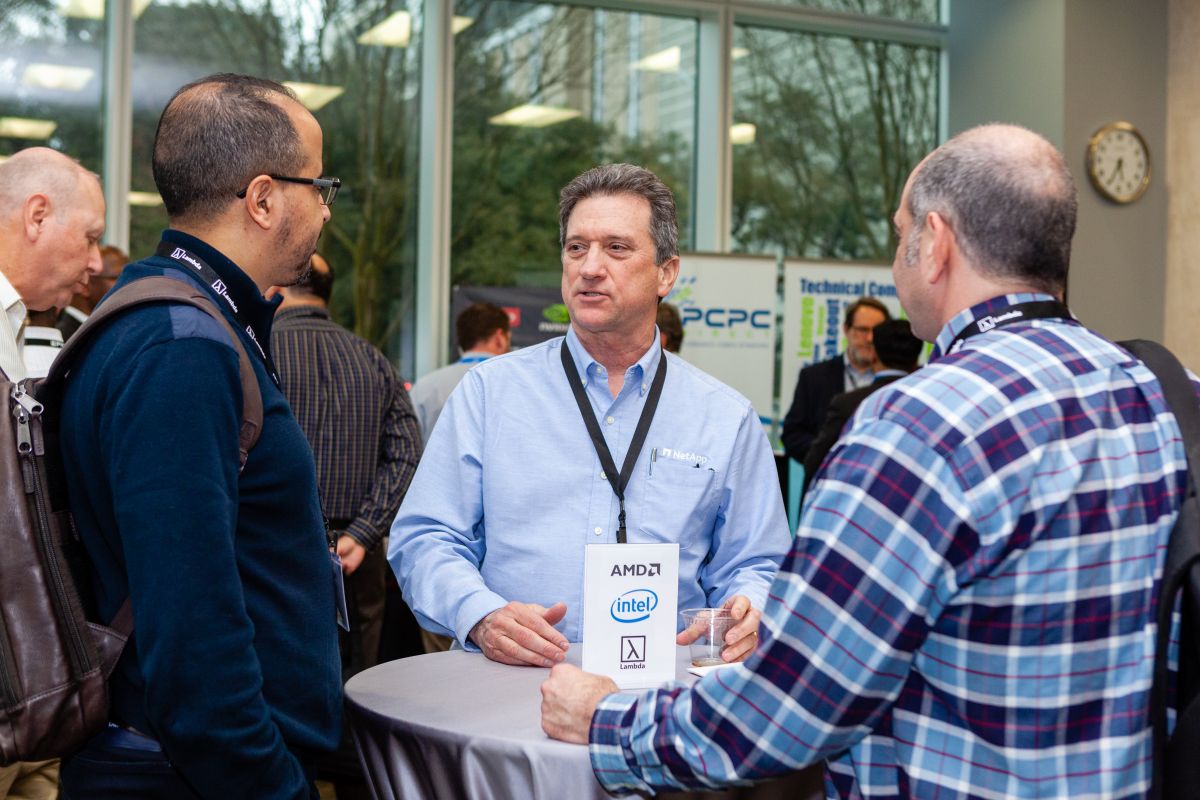
Also speaking at the conference were three Rice faculty members: Jesse Chan, assistant professor of computational and applied mathematics; Pedram Hassanzadeh, assistant professor of mechanical engineering and of earth, environmental and planetary sciences; John Mellor-Crummey, professor of computer science and of electrical and computer engineering.
An attendee, Addison Snell, CEO of Intersect360 Research, said after one of the talks that the Ken Kennedy Institute’s conference is “the one with the most differential equations per hour.”
Another attendee, Nicholas Malaya, AMD technical lead with the Centers of Excellence, Frontier and El Capitan exascale supercomputers, said, “Jesse Chan never fails to provide pretty math.”
This year’s conference included three keynotes and six plenary talks, and four parallel sessions with a total of 20 talks selected from submitted abstracts. The conference concluded with a large student poster session. Five pre- and post-conference workshops were also held.
In addition to Odegard, the workshop organizers included David Baldwin, Shell; Jesse Chan, Rice; Donny Cooper, Total; Bosen Du, AMD; Erik Engquist, Rice; Keith Gray, BP; Samantha Krebsbach, ExxonMobil; Alex Loddoch, Chevron; Scott Morton, Rice; Ernesto Prudencio, Schlumberger; Michael Schoemann, Equinor; Mike Townsley, ExxonMobil.
The technical program committee included the workshop organizers listed above and Mauricio Araya-Polo, Total; Sverre Brandsberg-Dahl, Microsoft; Tom McDonald, ExxonMobil; Paul Singer, Equinor; Noella Soares, Shell; Mike Thompson, Schlumberger; Cheng Zhan, Microsoft; Muhong Zhou, NAG; Ling Zhuo, Chevron.
Thirty-three sponsors filled the exhibit area and helped support the conference.
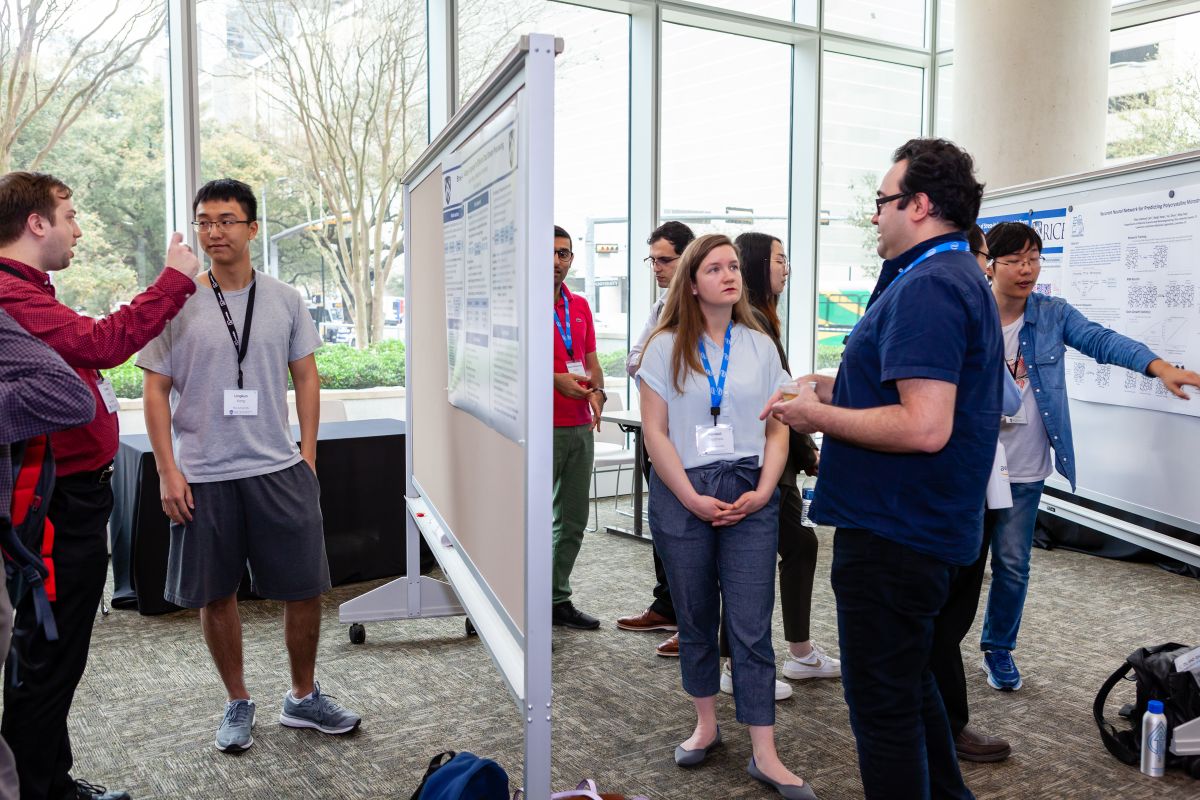
Author: PATRICK KURP


